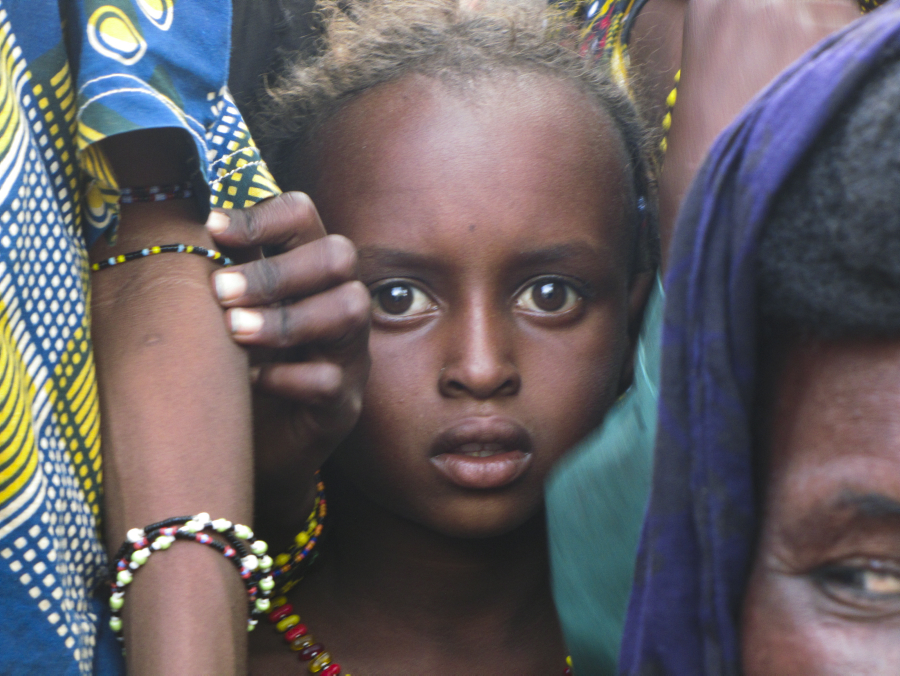A severe food crisis in the Sahel region of West Africa has threatened the lives 18 million people — 1 million being children at risk of severe malnutrition. The cause of the food shortage has been attributed to months of drought, poor agricultural yields and high livestock mortality rates. Burkina Faso, Chad, Cameroon, Mali, Mauritania, Niger, Nigeria and Senegal have been most affected by the crisis, and are relying on aid from NGOs and nonprofits for relief.
But relief has not come. “According to the UN Office for the Coordination of Humanitarian Affair (OCHA), the food and nutrition crisis facing countries in the Sahel has continued to deteriorate at an alarming rate this year, despite commendable early response efforts by governments and international aid agencies. The worsening food shortages and malnutrition have been compounded by conflict and insecurity” (UN News Centre).
The Huffington Post reported that since March, more than 300,000 Malians fled the country to escape the violence of the nation’s coup d’état. These refugees have left the northern part of the country in search of food and safety. Nearly half have become internally displaced, seeking refuge in other parts of Mali. The remaining 170,000 have fled the country altogether, journeying to neighboring Niger, Burkina Faso, and Mauritania.
Women and children have been most affected by the food crisis. UNICEF reported that many families living in remote areas, which are difficult to access, are now “selling their livestock, taking their children out of schools and reducing their nutritional intake, which makes them even more vulnerable as the crisis develops.”
HuffPost Impact has pledged continued coverage of the crisis providing news and information on how to help with daily articles from experts, NGO employees and aid workers stationed in the Sahel.
For a glimpse of what the women and children of the Sahel region are facing, view this incredible photo gallery taken by Associated Press photographer, Ben Curtis, for the Boston Globe.




